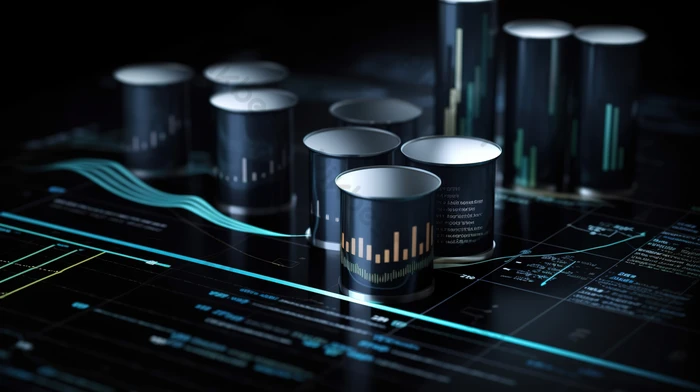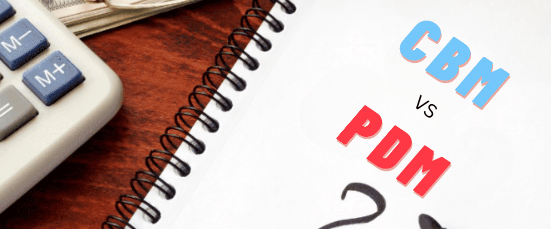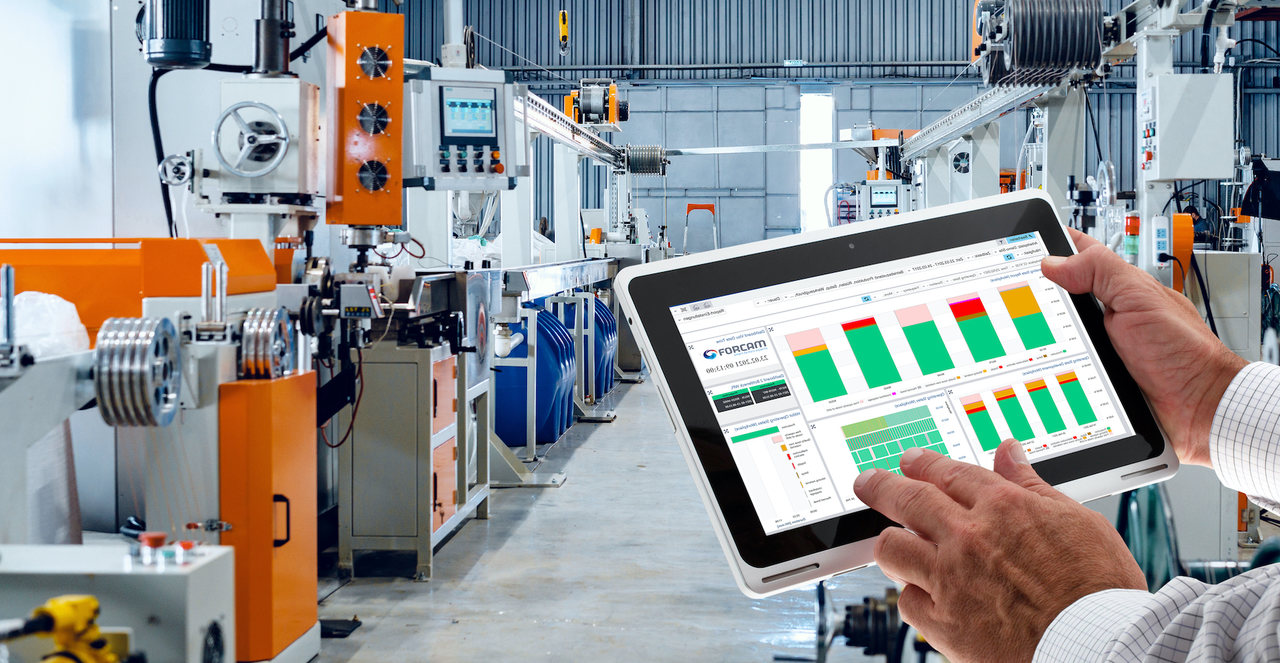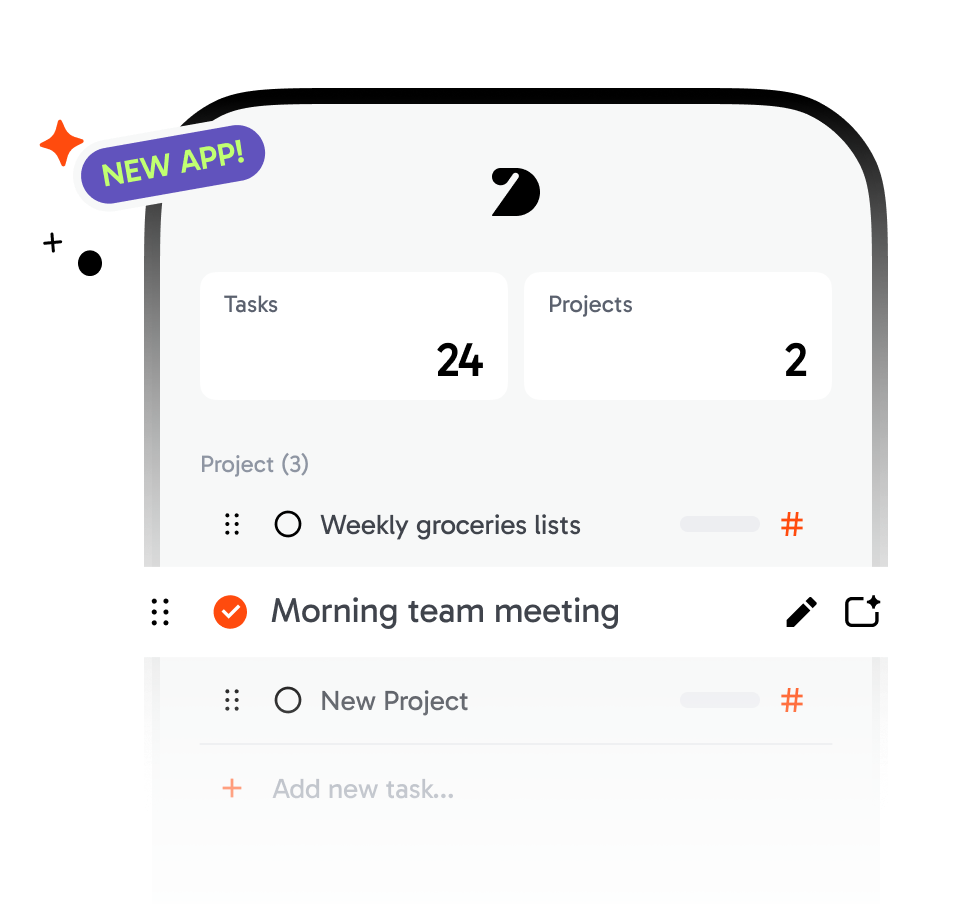Condition-Based vs. Predictive Maintenance: Which Strategy is Right for You?

Condition-Based vs. Predictive Maintenance: Which Strategy is Right for You?
Introduction: What's the Big Deal About Maintenance?

Hey there! If you're in the maintenance world, you've probably heard the buzzwords "Condition-Based Maintenance" (CBM) and "Predictive Maintenance" (PdM). But what do they really mean? And how do they fit into your day-to-day operations? In this blog, we’re going to break down the differences between these two approaches, explain why they’re important, and how they can save you time, money, and headaches. We'll also show you how Opmaint, your go-to CMMS, can help you navigate these maintenance strategies like a pro.
What is Condition-Based Maintenance (CBM)?
Understanding CBM: The Basics
Condition-Based Maintenance (CBM) is all about keeping an eye on the actual condition of your equipment. Instead of fixing things on a set schedule (like every six months), you monitor your machines and only perform maintenance when it’s really needed. Think of it like going to the doctor only when you start feeling a bit off instead of going for a check-up every month.
Why Use CBM?
CBM is great because it’s more efficient than scheduled maintenance. You’re not wasting time fixing things that aren’t broken, and you’re catching problems before they lead to big, expensive failures. This approach helps you get the most out of your equipment without the guesswork.
How CBM Works: The Technical Side
In CBM, sensors play a huge role. These little devices monitor different aspects of your equipment, like temperature, vibration, and pressure. When something starts to go wrong, the sensors alert you so you can take action. For example, if a motor starts vibrating more than usual, it could mean that a part is wearing out. CBM lets you jump in and fix it before it causes a major breakdown.
The Pros and Cons of CBM
Pros
- Reduced maintenance costs
- Less downtime
- Increased equipment lifespan
- Targeted maintenance efforts
Cons
- Requires investment in sensors and monitoring equipment
- Data analysis can be complex
- Not all equipment is suitable for CBM
What is Predictive Maintenance (PdM)?

Understanding PdM: The Basics
Predictive Maintenance (PdM) takes things a step further than CBM. Instead of just monitoring the condition of your equipment, PdM uses advanced analytics and machine learning to predict when a failure might happen. It’s like having a crystal ball for your machines, but with science!
Why Use PdM?
PdM is all about being proactive. By predicting when a problem will occur, you can fix it before it even starts. This means less downtime, fewer emergency repairs, and more control over your maintenance schedule. Plus, it can save you a ton of money by preventing costly failures.
How PdM Works: The Technical Side
PdM relies on data – and lots of it. You gather information from sensors, historical maintenance records, and other sources, then use algorithms to analyze it all. These algorithms look for patterns and trends that might indicate an upcoming failure. For example, if a pump has been gradually increasing its energy use over time, PdM could predict that it’s about to fail and recommend maintenance.
The Pros and Cons of PdM
Pros
- Maximized equipment uptime
- Improved maintenance scheduling
- Long-term cost savings
- Enhanced equipment performance
Cons
- Requires significant investment in technology and training
- Complex data analysis
- Not foolproof – predictions aren’t always 100% accurate
Comparing Condition-Based and Predictive Maintenance
The Key Differences
So, what’s the real difference between CBM and PdM? It all comes down to how they use data:
- CBM: Reacts to real-time data about equipment condition.
- PdM: Analyzes data trends over time to predict future failures.
When to Use CBM vs. PdM

Choosing between CBM and PdM depends on your specific needs and resources:
Use CBM if
- You want a straightforward approach that reacts to real-time conditions.
- You have limited resources for data analysis.
Use PdM if:
- You’re ready to invest in advanced technology and want to predict failures before they happen.
- You have the resources to handle complex data analysis.
Can They Work Together?
Absolutely! In fact, many companies find that combining CBM and PdM gives them the best of both worlds. You can use CBM for simpler, less critical equipment and PdM for more complex, high-value assets. This hybrid approach can help you optimize your maintenance strategy and get the most out of your equipment.
How Opmaint Makes Maintenance Easier
Now, let’s talk about how Opmaint can help you make the most of CBM and PdM.
Data Integration and Analysis
Opmaint’s powerful CMMS platform can easily integrate with your sensors and data sources, making it simple to gather and analyze the information you need for both CBM and PdM. Whether you’re monitoring real-time conditions or analyzing long-term trends, Opmaint helps you keep everything organized and accessible.
Custom Alerts and Notifications
With Opmaint, you can set up custom alerts and notifications based on the specific needs of your equipment. If a sensor detects something out of the ordinary, Opmaint will let you know right away. And if your predictive analytics show a potential issue down the road, Opmaint will help you schedule maintenance before it becomes a problem.
Streamlined Maintenance Scheduling
Opmaint makes it easy to schedule maintenance tasks based on the insights you gain from CBM and PdM. You can prioritize work orders, track progress, and make sure nothing falls through the cracks. Plus, with Opmaint’s user-friendly interface, your team will have no trouble staying on top of everything.
Cost Savings and Efficiency
By using Opmaint to implement CBM and PdM, you’ll see significant cost savings and efficiency gains. Less downtime, fewer emergency repairs, and better resource allocation all add up to a healthier bottom line.
Practical Examples: CBM and PdM in Action

Condition-Based Maintenance in Action
Let’s say you have a fleet of HVAC units in your facility. With CBM, you could install temperature and vibration sensors on each unit. These sensors monitor the health of the units and alert you when something starts to go wrong. Maybe one unit is running hotter than usual – CBM lets you address that specific issue before it leads to a full system shutdown.
Predictive Maintenance in Action
Now, imagine you’re running a factory with dozens of machines working around the clock. With PdM, you’re not just monitoring these machines – you’re predicting when they might fail. By analyzing historical data and identifying patterns, PdM might tell you that a particular machine is likely to break down in the next month. This gives you the time to schedule maintenance during a planned downtime, avoiding unexpected disruptions.
Benefits of Combining CBM and PdM
A Balanced Approach
One of the best things you can do for your maintenance strategy is to combine CBM and PdM. This balanced approach allows you to address issues in real-time while also planning for the future. It’s like having a safety net and a plan – you’re covered from all angles.
Flexibility and Scalability
By using both CBM and PdM, you can tailor your maintenance strategy to the unique needs of your facility. You might start with CBM for simplicity, then gradually introduce PdM as you gather more data and become more comfortable with the technology. This flexibility makes it easier to scale your operations and adapt to changing needs.
Challenges and Considerations
The Learning Curve
Implementing CBM and PdM can come with a learning curve. It takes time to set up sensors, gather data, and learn how to analyze it effectively. But with the right tools (like Opmaint!) and a bit of patience, you’ll be able to overcome these challenges and see the benefits.
Cost vs. Benefit
There’s no denying that CBM and PdM require an initial investment in technology and training. However, the long-term benefits – like reduced downtime, lower maintenance costs, and increased equipment lifespan – make it well worth the effort.
Data Management
One of the biggest challenges with CBM and PdM is managing all the data. You’ll need to ensure that your team is trained in data analysis and that you have the right tools to make sense of the information. This is where Opmaint really shines, providing you with the insights you need to make informed decisions.
Getting Started with CBM and PdM
Step 1: Assess Your Equipment
The first step in implementing CBM or PdM is to assess your current equipment and operations. Determine which assets are most critical to your operations and would benefit most from these maintenance strategies.
Step 2: Choose the Right Tools
Next, you’ll need to choose the right tools for the job. This includes sensors, data analysis software, and of course, a robust CMMS like Opmaint to keep everything organized and running smoothly.
Step 3: Train Your Team
Training is crucial for the success of CBM and PdM. Make sure your team understands how to use the new technology and how to interpret the data they’ll be working with.
Step 4: Monitor and Adjust
Once your CBM and PdM systems are in place, it’s important to monitor their performance and make adjustments as needed. Over time, you’ll gain valuable insights that will help you fine-tune your maintenance strategy and get even more value from your equipment. Remember, maintenance isn’t a one-size-fits-all approach, it’s all about finding what works best for your specific situation.
Step 5: Review and Optimize
As with any maintenance strategy, it’s crucial to regularly review and optimize your CBM and PdM practices. Analyze the data to see what’s working and where improvements can be made. This might involve tweaking sensor placements, adjusting maintenance schedules, or investing in additional training for your team. By continuously optimizing your approach, you can ensure that you’re getting the most out of your CBM and PdM efforts.
How Opmaint Helps You Succeed with CBM and PdM
Seamless Integration with Sensors
Opmaint’s CMMS platform seamlessly integrates with various sensors and monitoring devices, making it easy to implement both CBM and PdM strategies. Whether you’re tracking real-time conditions or analyzing long-term data trends, Opmaint provides the tools you need to keep your equipment in top shape.
User-Friendly Data Analysis Tools
Opmaint offers powerful data analysis tools that simplify the process of interpreting sensor data and predictive analytics. With easy-to-read dashboards and reports, your team can quickly identify potential issues and take proactive measures to prevent downtime.
Customizable Workflows
Every facility is different, and that’s why Opmaint allows you to customize workflows to match your specific needs. Whether you’re focusing on CBM, PdM, or a combination of both, you can tailor Opmaint to support your maintenance strategy and help you achieve your goals.
Mobile Access
With Opmaint’s mobile app, your team can stay connected and informed no matter where they are. Access maintenance schedules, receive alerts, and update work orders on the go, all from the convenience of a smartphone or tablet. This level of flexibility ensures that your team can respond quickly to any maintenance needs, reducing downtime and keeping operations running smoothly.
Scalability for Growing Operations
As your facility grows and your maintenance needs evolve, Opmaint grows with you. The platform is designed to scale, allowing you to add more assets, integrate additional data sources, and expand your CBM and PdM efforts without missing a beat. This scalability makes Opmaint the perfect partner for long-term success.
Conclusion: Your Path to Smarter Maintenance

Implementing Condition-Based Maintenance and Predictive Maintenance might seem like a big step, but with the right tools and a little patience, you’ll wonder how you ever managed without them. These strategies can save you time, money, and stress by keeping your equipment running smoothly and preventing unexpected failures.
And remember, you don’t have to do it alone. Opmaint is here to support you every step of the way. Whether you’re just getting started with CBM or ready to dive into PdM, our CMMS platform provides the features, flexibility, and ease of use you need to succeed.
So why wait? Start your journey to smarter, more efficient maintenance today with Opmaint. Your equipment – and your bottom line – will thank you.



.png)
